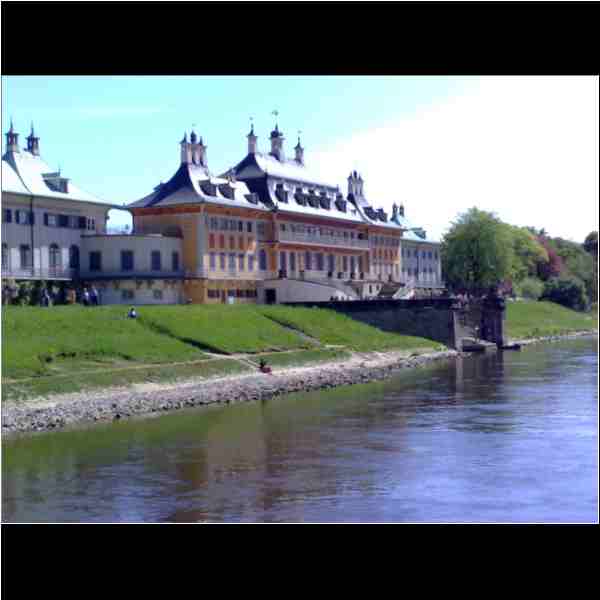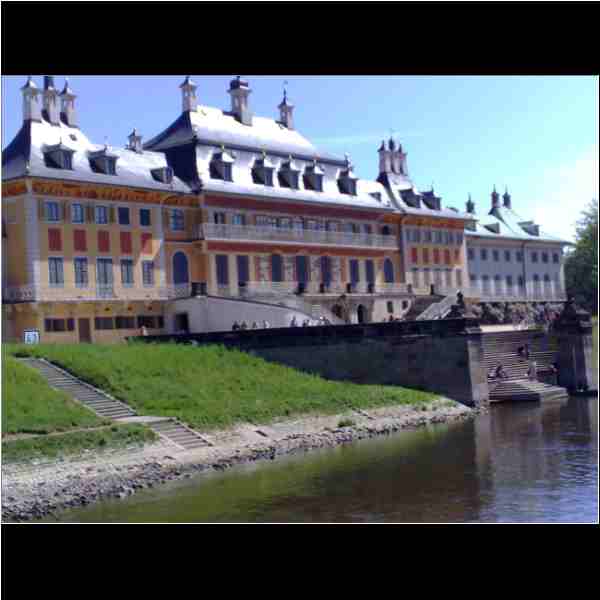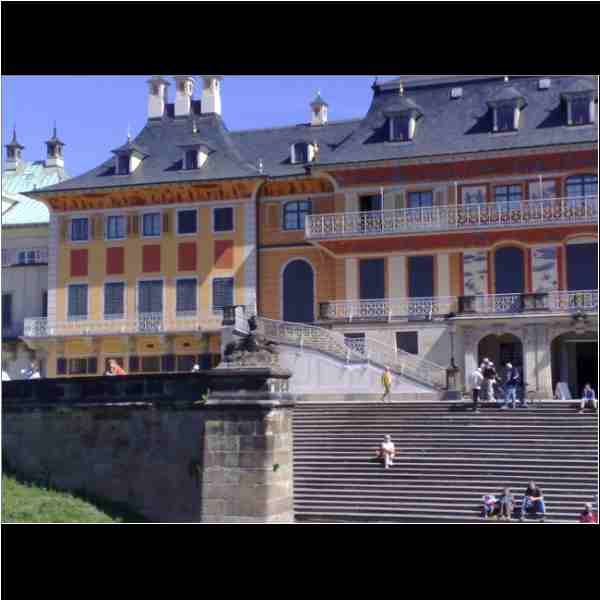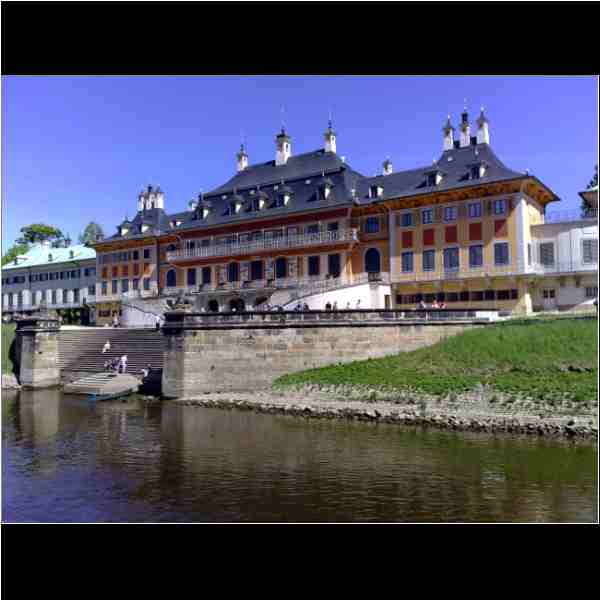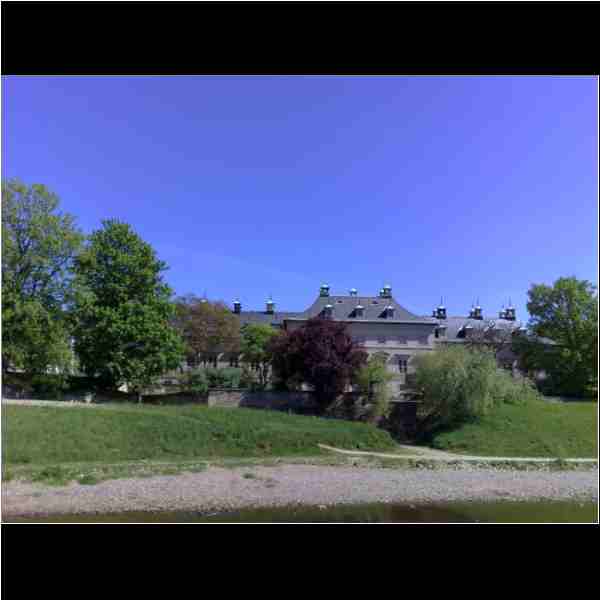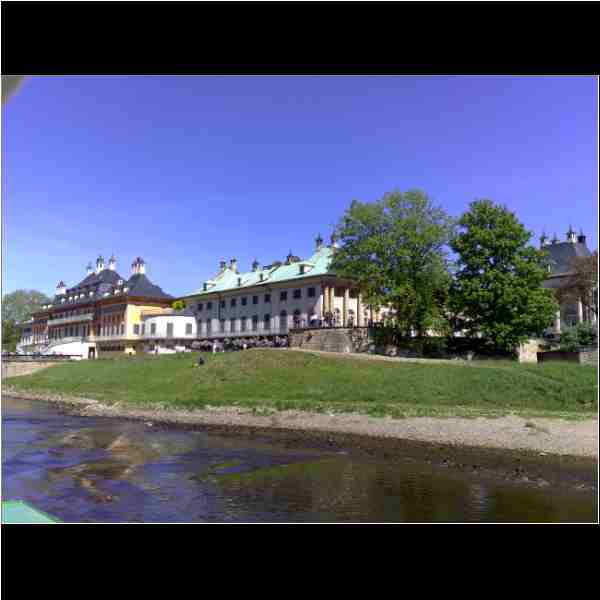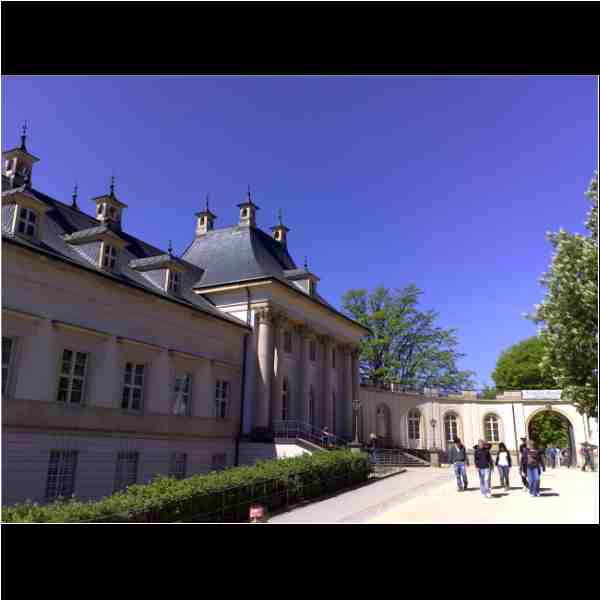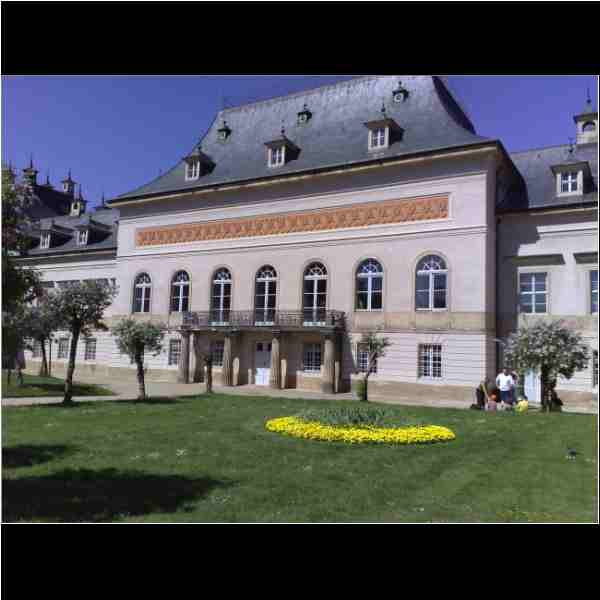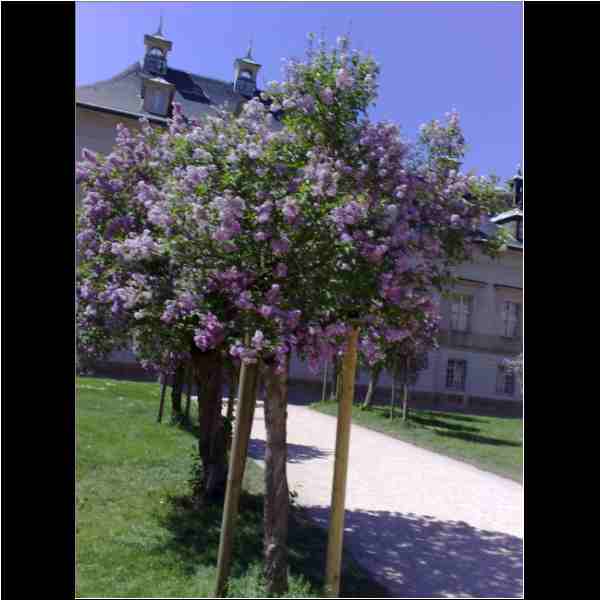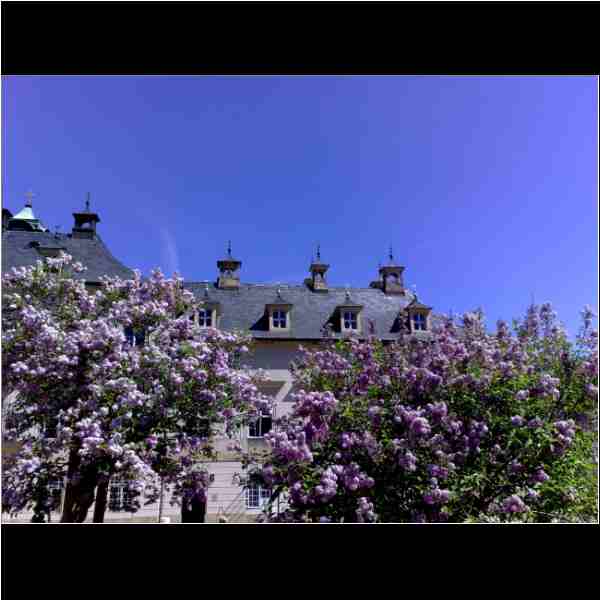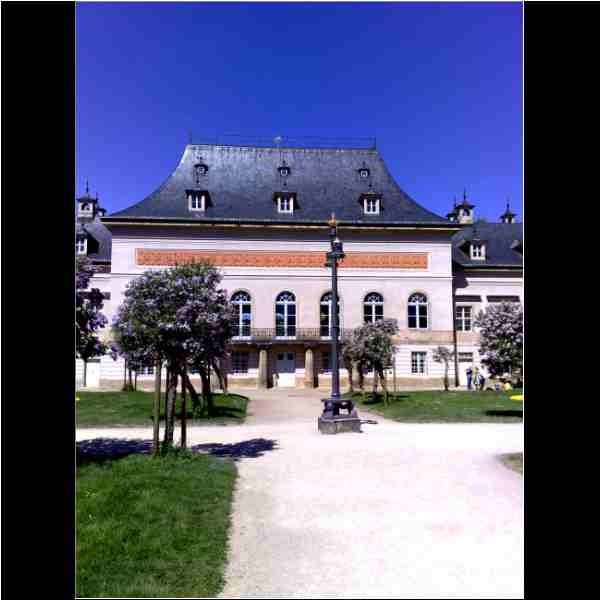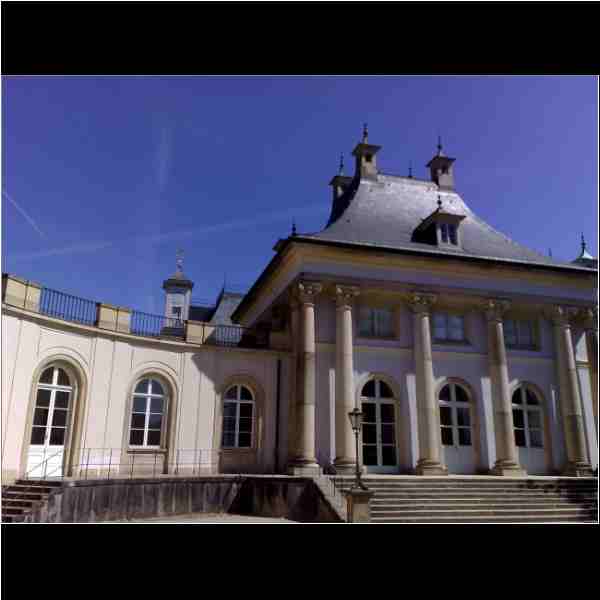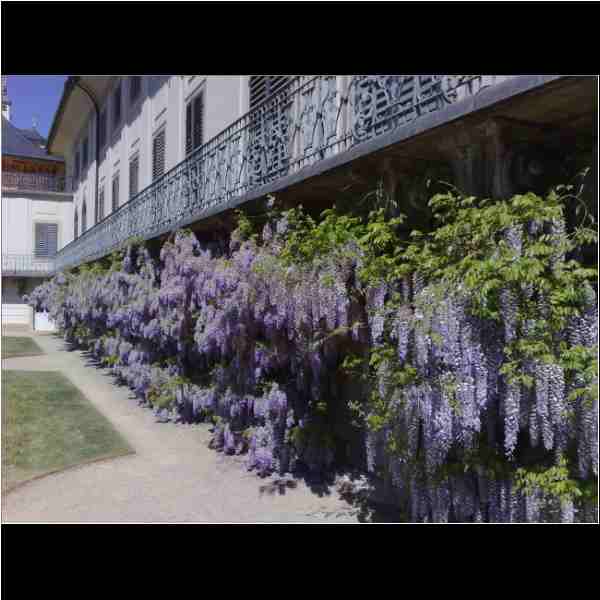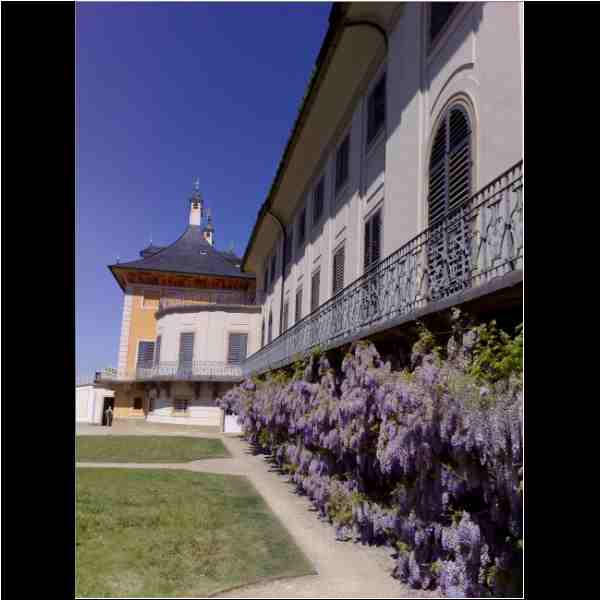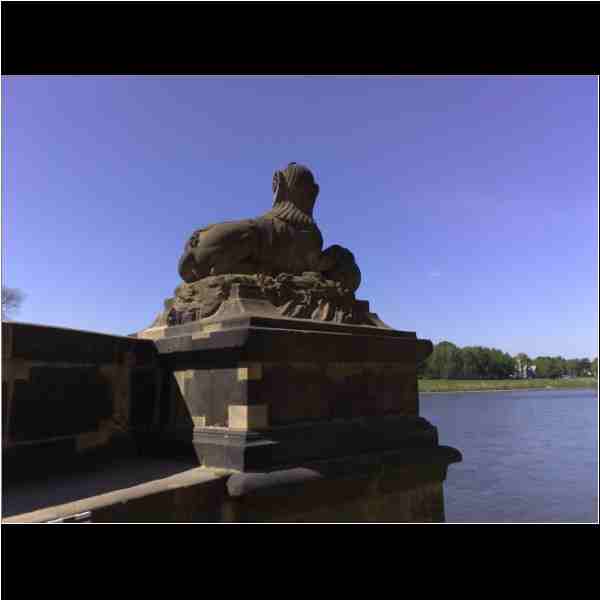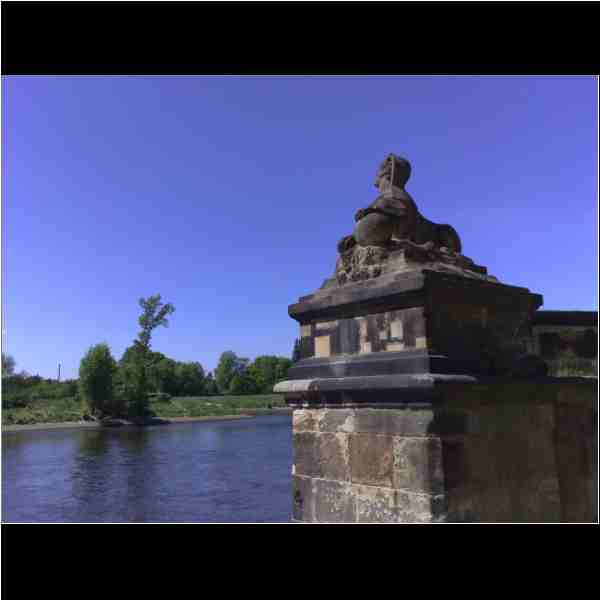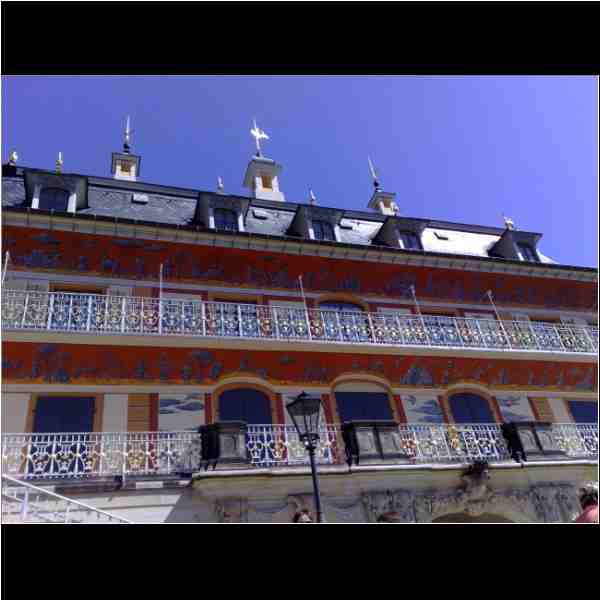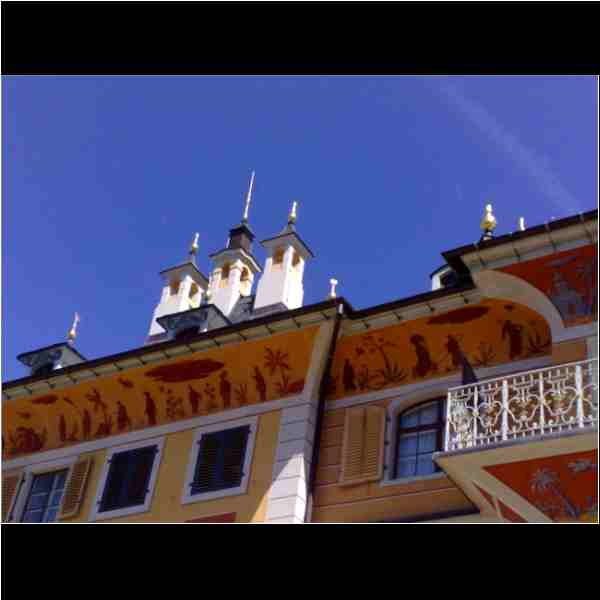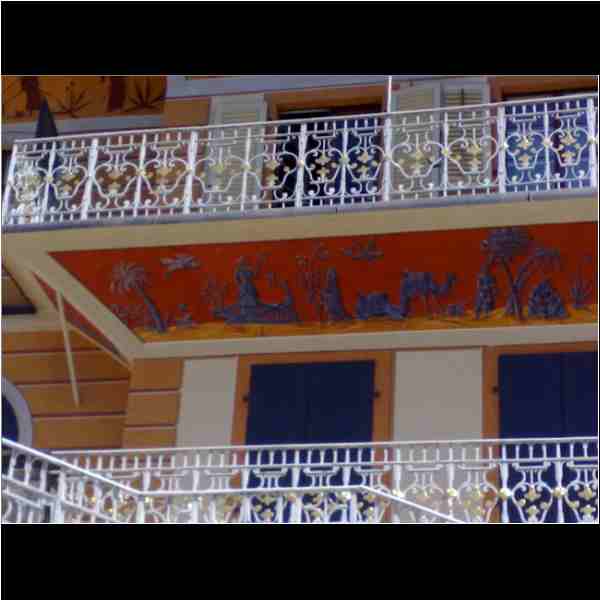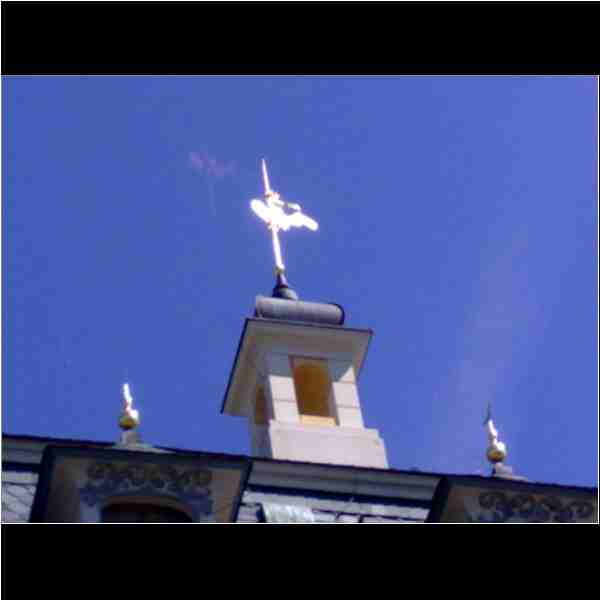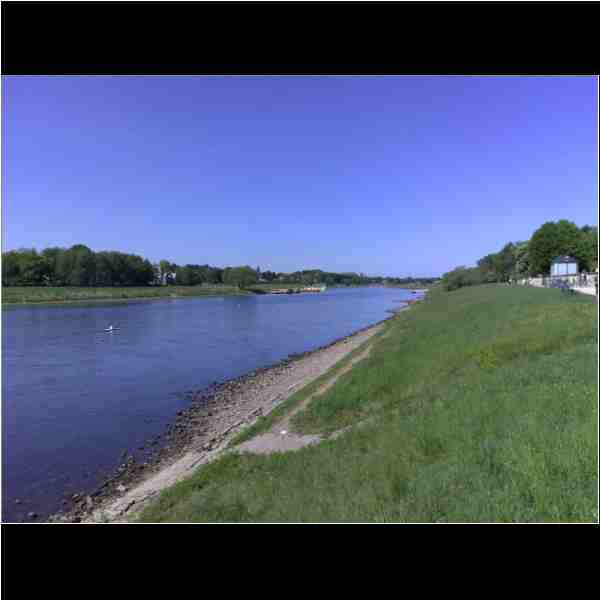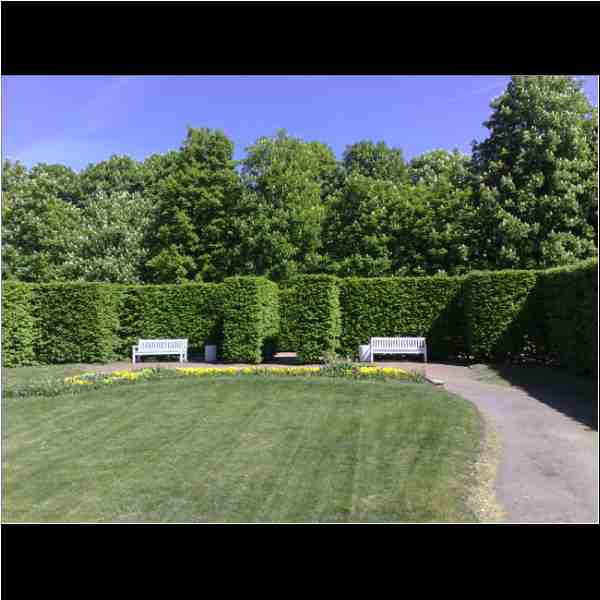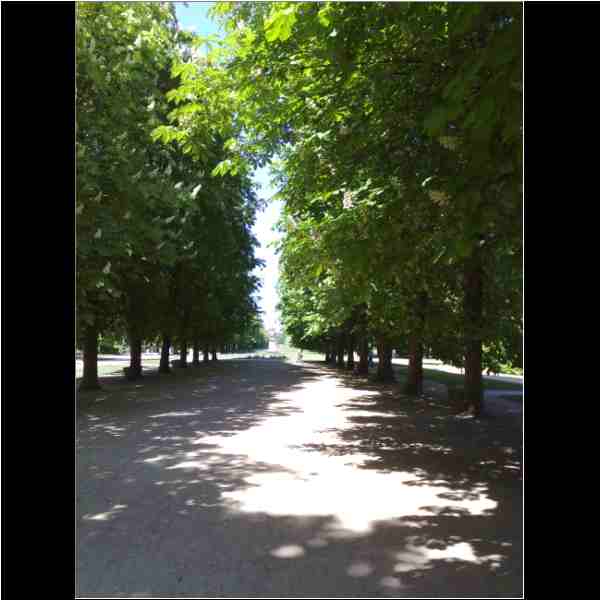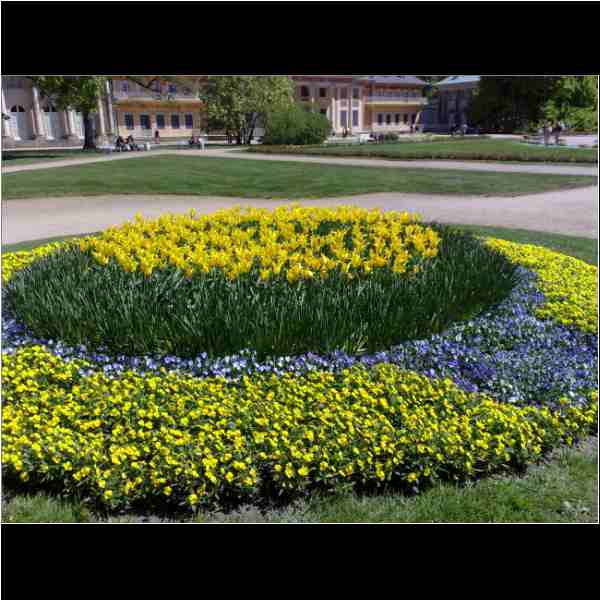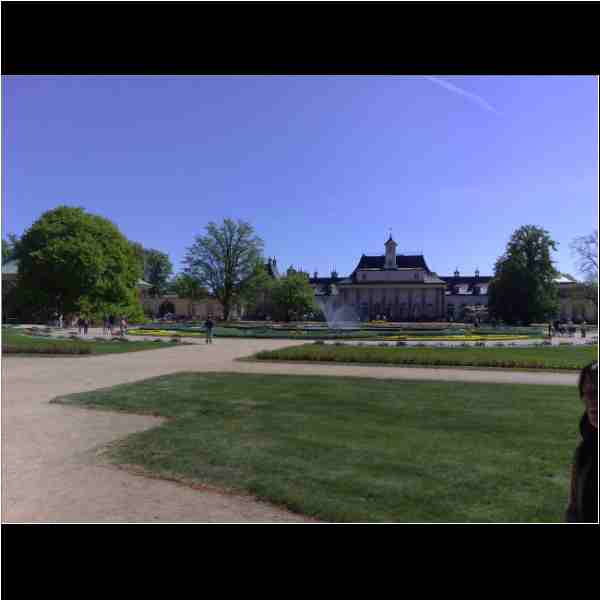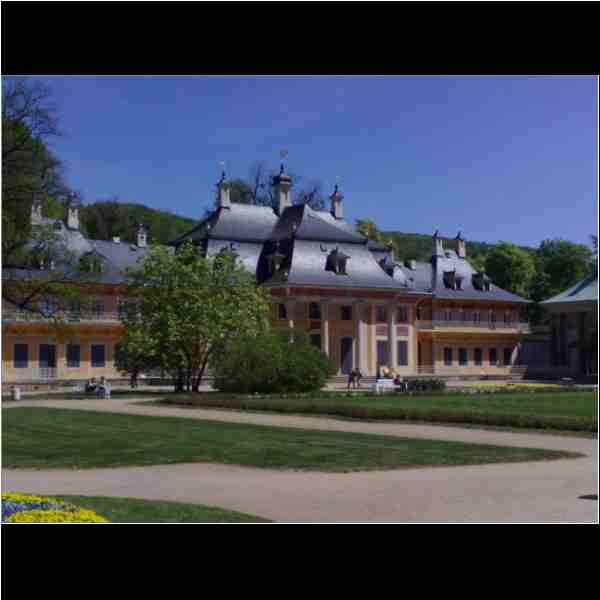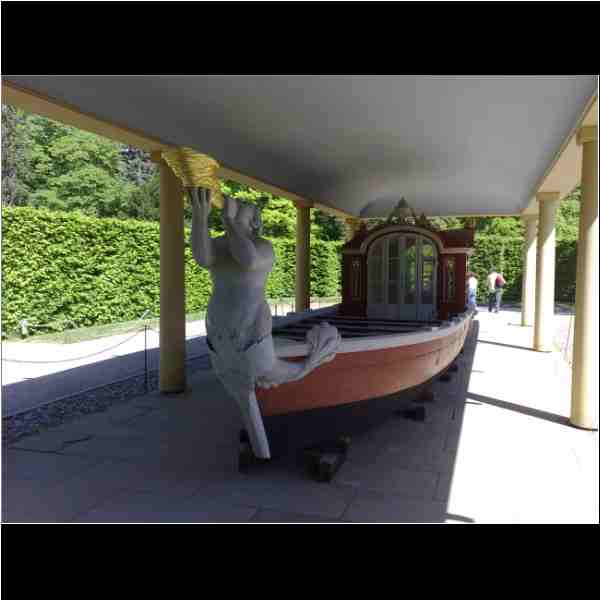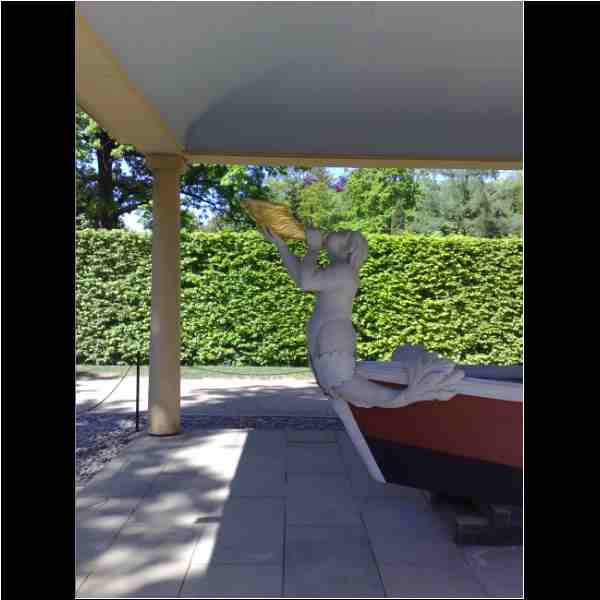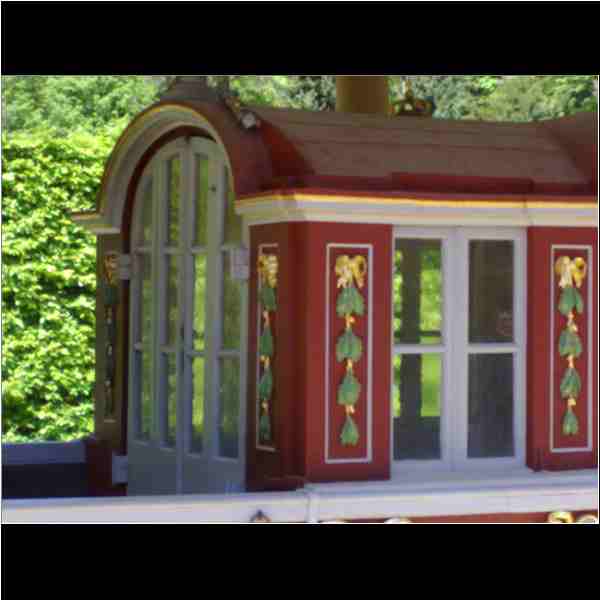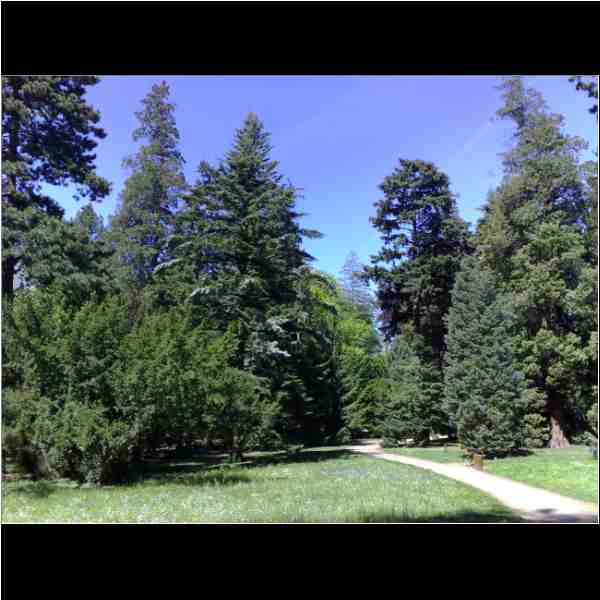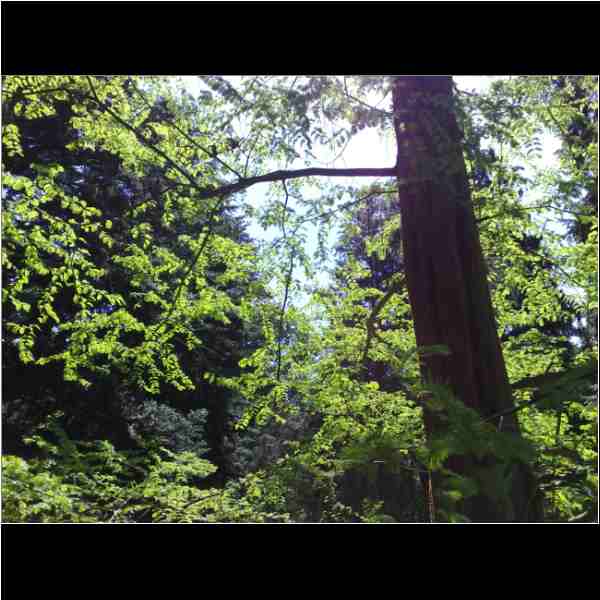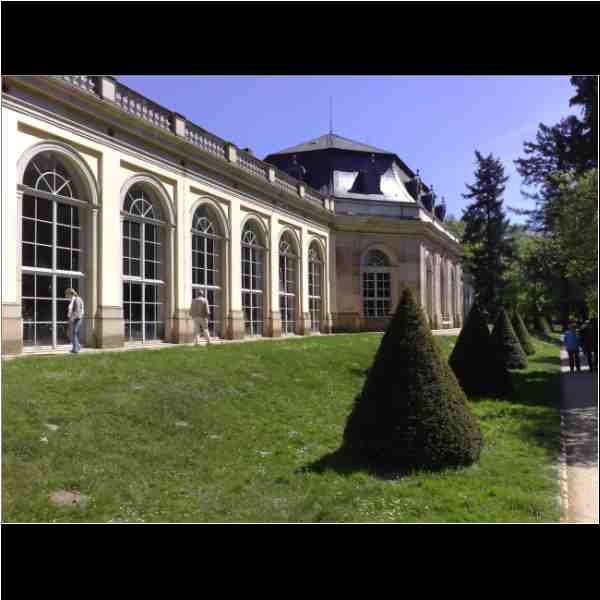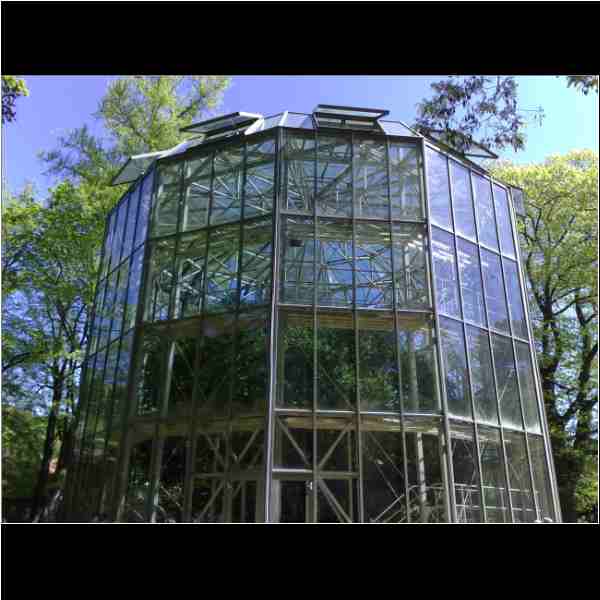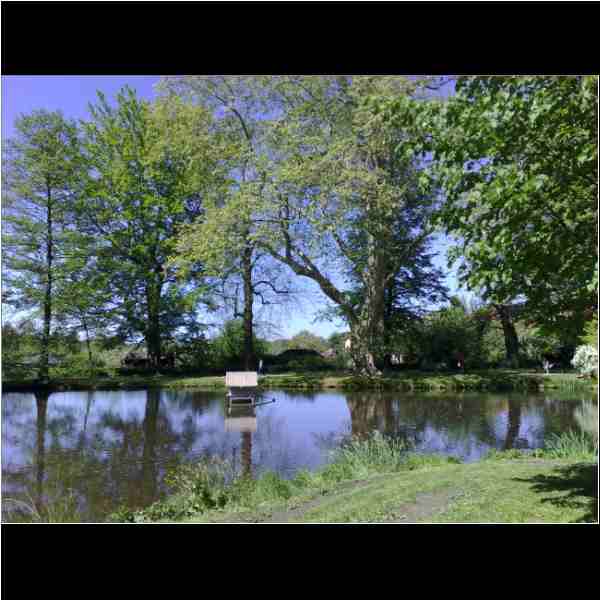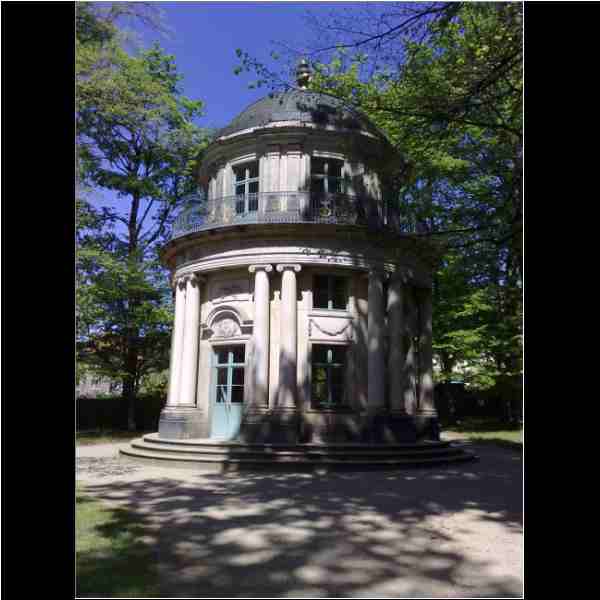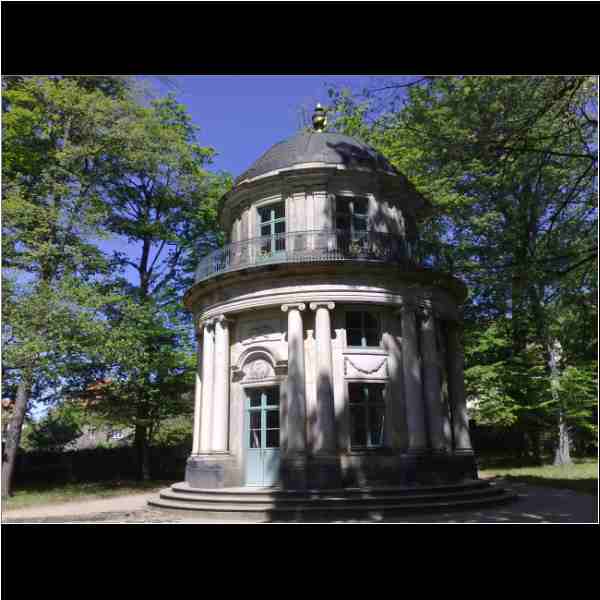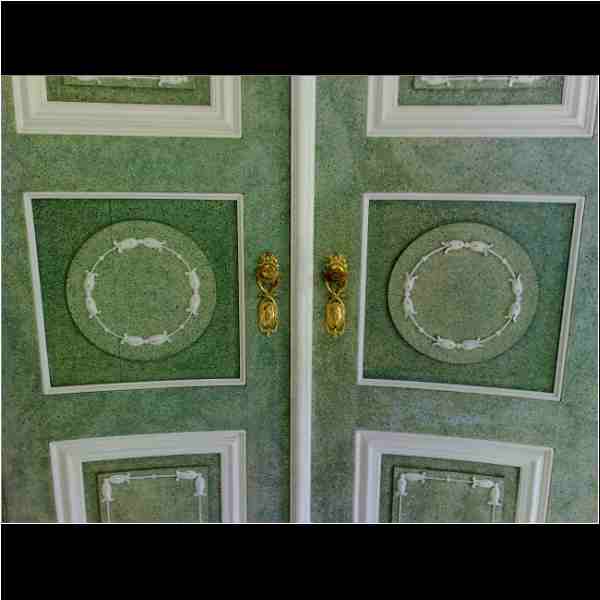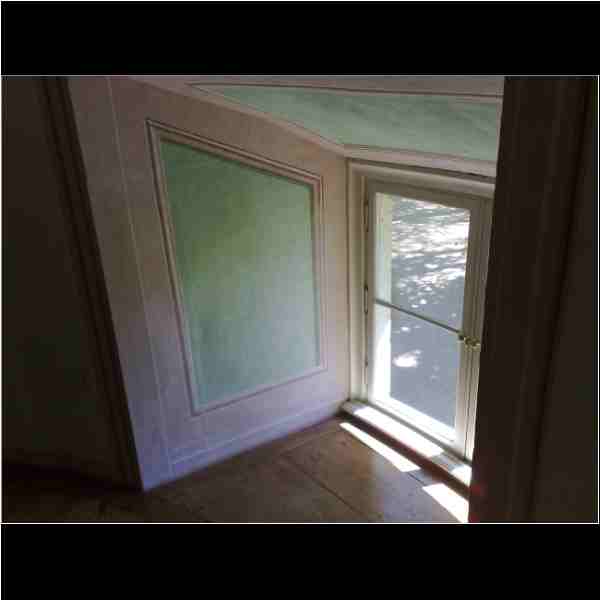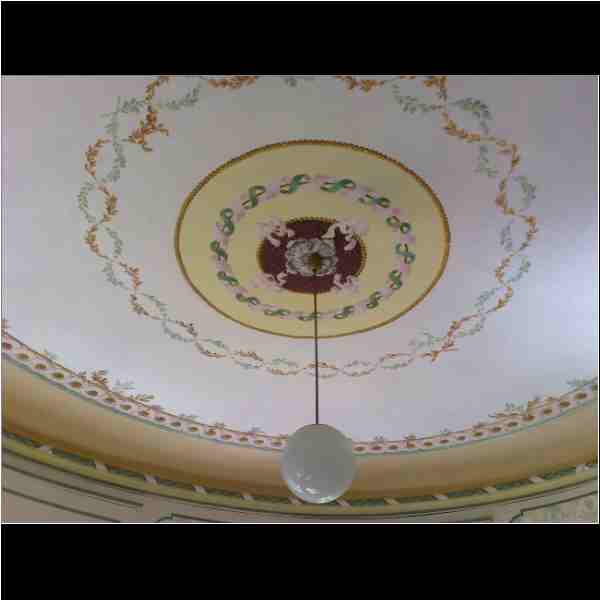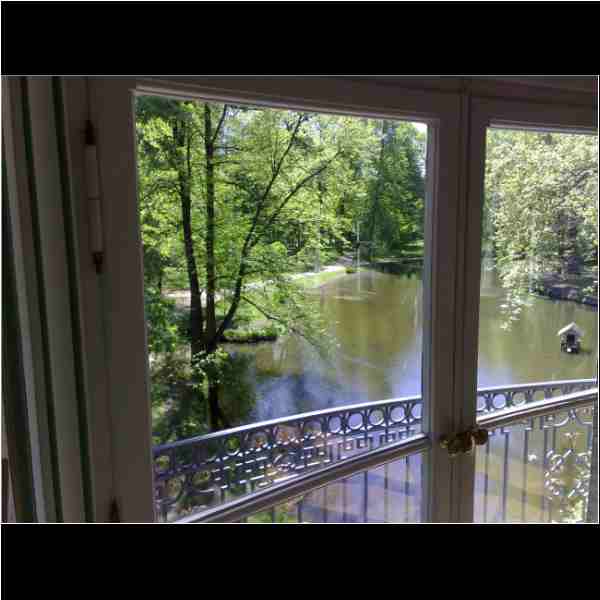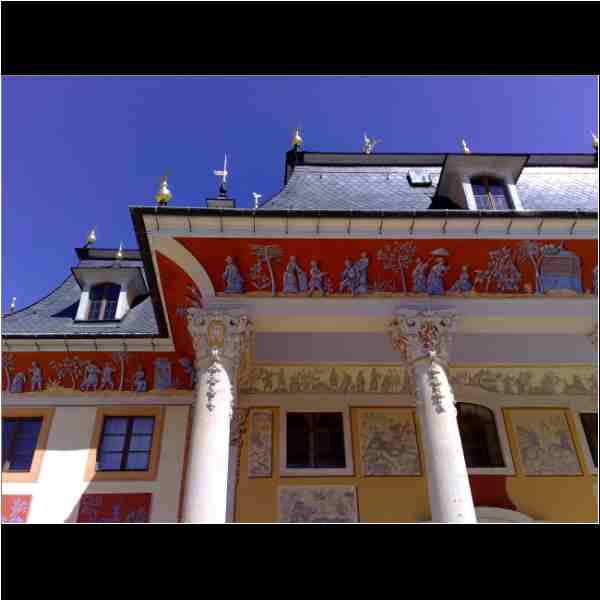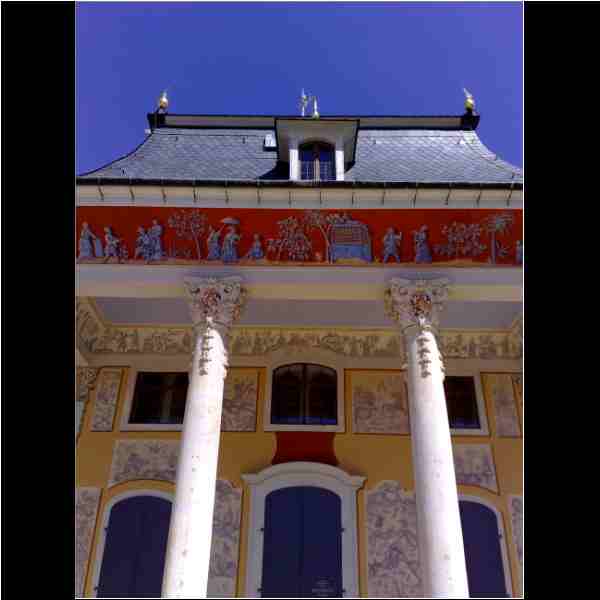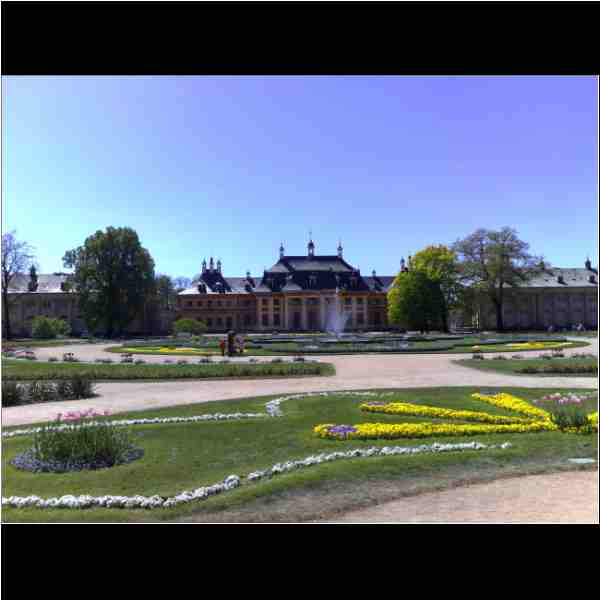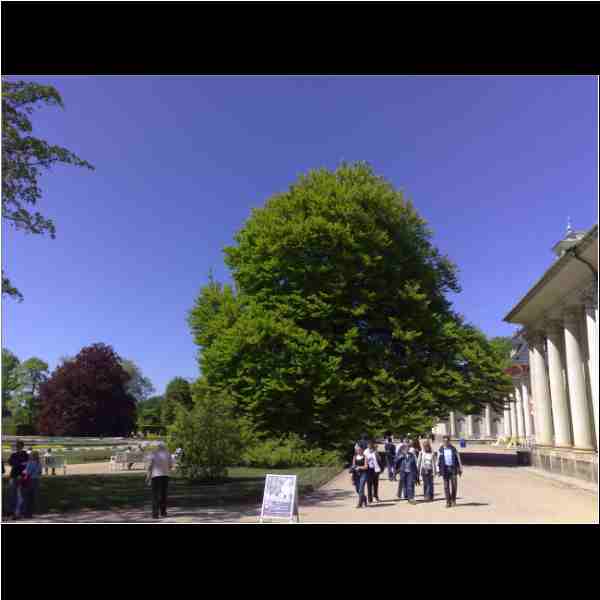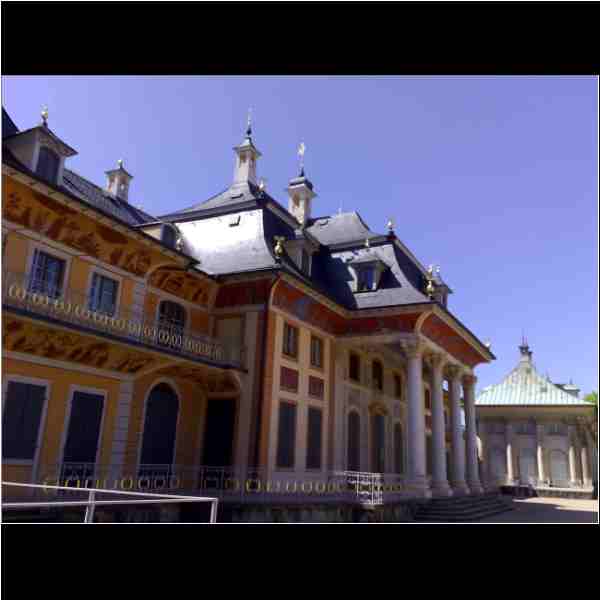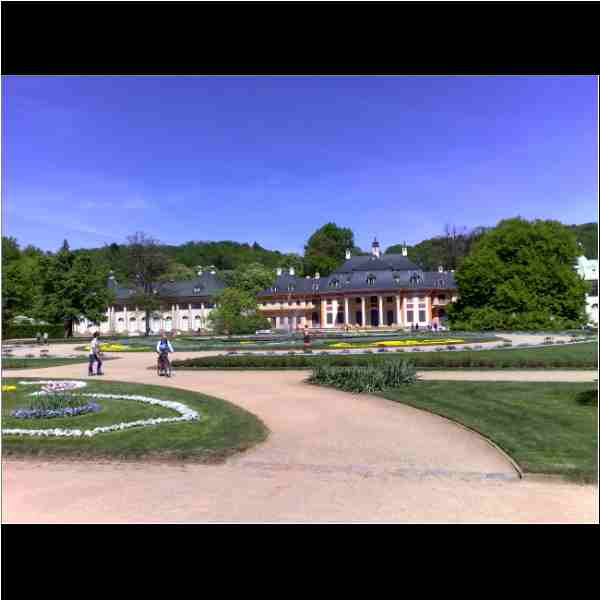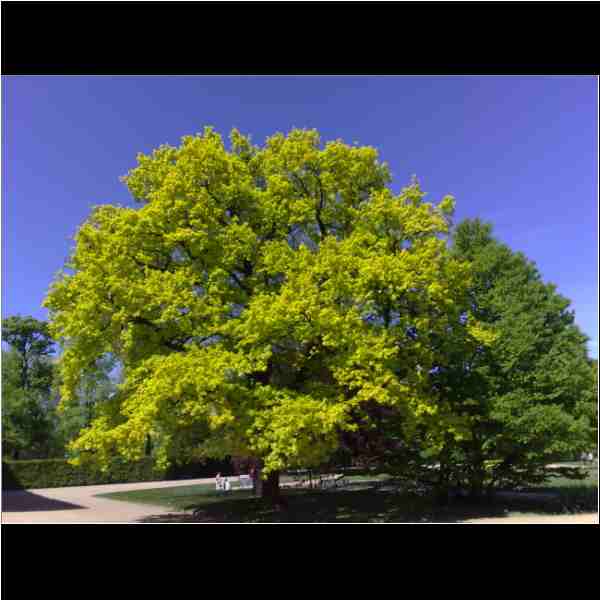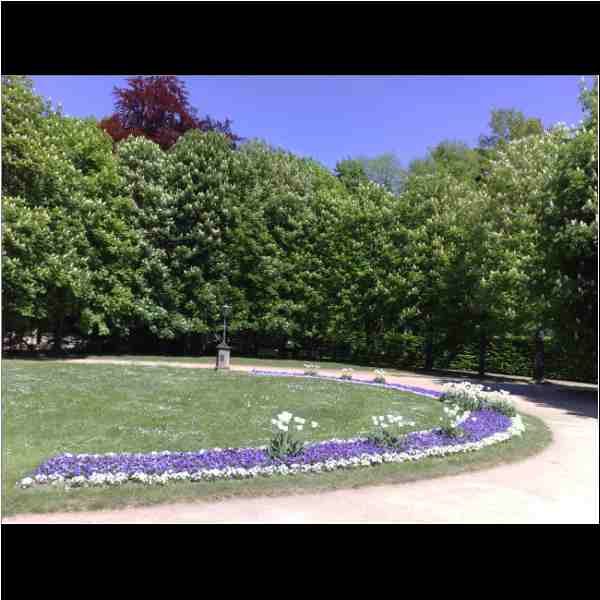Schloss Pillnitz is a stunning palace and park complex located on the banks of the Elbe River, just outside of Dresden, Germany. The palace, with its rich history and beautiful surroundings, is one of the most significant architectural and cultural landmarks in the region.
Key Features of Schloss Pillnitz:
1. History:
- Schloss Pillnitz dates back to the 17th century and was originally built as a royal summer residence for the Saxon electors. Over the centuries, it has undergone numerous expansions and renovations. The palace was particularly favored by Augustus the Strong, the Elector of Saxony, who significantly enhanced the palace during his reign in the early 18th century.
- The palace has been home to various royal figures and has played a significant role in the history of the Saxon and German nobility.
2. Architecture:
- The architecture of Schloss Pillnitz is an eclectic blend of Baroque, Rococo, and Oriental styles, with several pavilions and garden structures adding to its charm.
- One of the most distinctive features of the palace is the Chinese Pavilion, built in the early 18th century, which reflects Augustus the Strong’s fascination with Chinese and Japanese art and culture. It is one of the most significant examples of Chinoiserie (the European interpretation of Chinese styles) in Germany.
- The main building, the Upper Palace (Oberes Schloss), and the Lower Palace (Unteres Schloss), along with the surrounding gardens, create a unique and impressive complex that attracts visitors from around the world.
3. Pillnitz Park and Gardens:
- The palace gardens at Schloss Pillnitz are vast and beautifully designed, blending formal garden elements with more naturalistic features. The landscape park surrounding the palace includes a botanical garden, large lawns, and meticulously designed walking paths, all set along the banks of the Elbe River.
- The park is home to a variety of rare plants and trees, including some unusual species, and serves as a peaceful place for visitors to enjoy nature and the stunning views of the surrounding area.
4. Cultural and Historical Significance:
- Schloss Pillnitz has played an important role in the cultural life of the region. It was used not only as a royal residence but also for hosting important events, banquets, and gatherings of the court.
- The palace complex now serves as a museum and is open to the public, where visitors can learn about the history of the site, the Saxon monarchy, and the royal lifestyle of the time. It also hosts concerts, exhibitions, and other cultural events throughout the year.
5. Museum and Exhibitions:
- Inside Schloss Pillnitz, visitors can explore various rooms that showcase art collections, including porcelain, furniture, and paintings. There are also exhibitions on the history of the palace, the Saxon royal family, and the Baroque period.
- The Museum of Art and Crafts at Schloss Pillnitz features collections related to the decorative arts, as well as special exhibitions on topics related to Saxon history, botany, and the arts.
6. Visiting Schloss Pillnitz:
- Schloss Pillnitz is open to visitors year-round, though some parts of the palace and gardens may be closed for special events or restoration work.
- The site is easily accessible from Dresden by car, bus, or even by a boat along the Elbe River, providing a picturesque journey to the palace.
- The Pillnitz Palace offers a relaxing escape from the city, with ample opportunities for walking, photography, and enjoying the natural beauty of the surrounding area.
Conclusion:
Schloss Pillnitz is an architectural gem and a historically significant site near Dresden, offering visitors the chance to explore royal history, stunning gardens, and unique cultural exhibitions. Whether you are a history enthusiast, a lover of nature, or simply someone looking for a peaceful retreat, Schloss Pillnitz provides an unforgettable experience with its beautiful setting, rich history, and stunning architecture.





